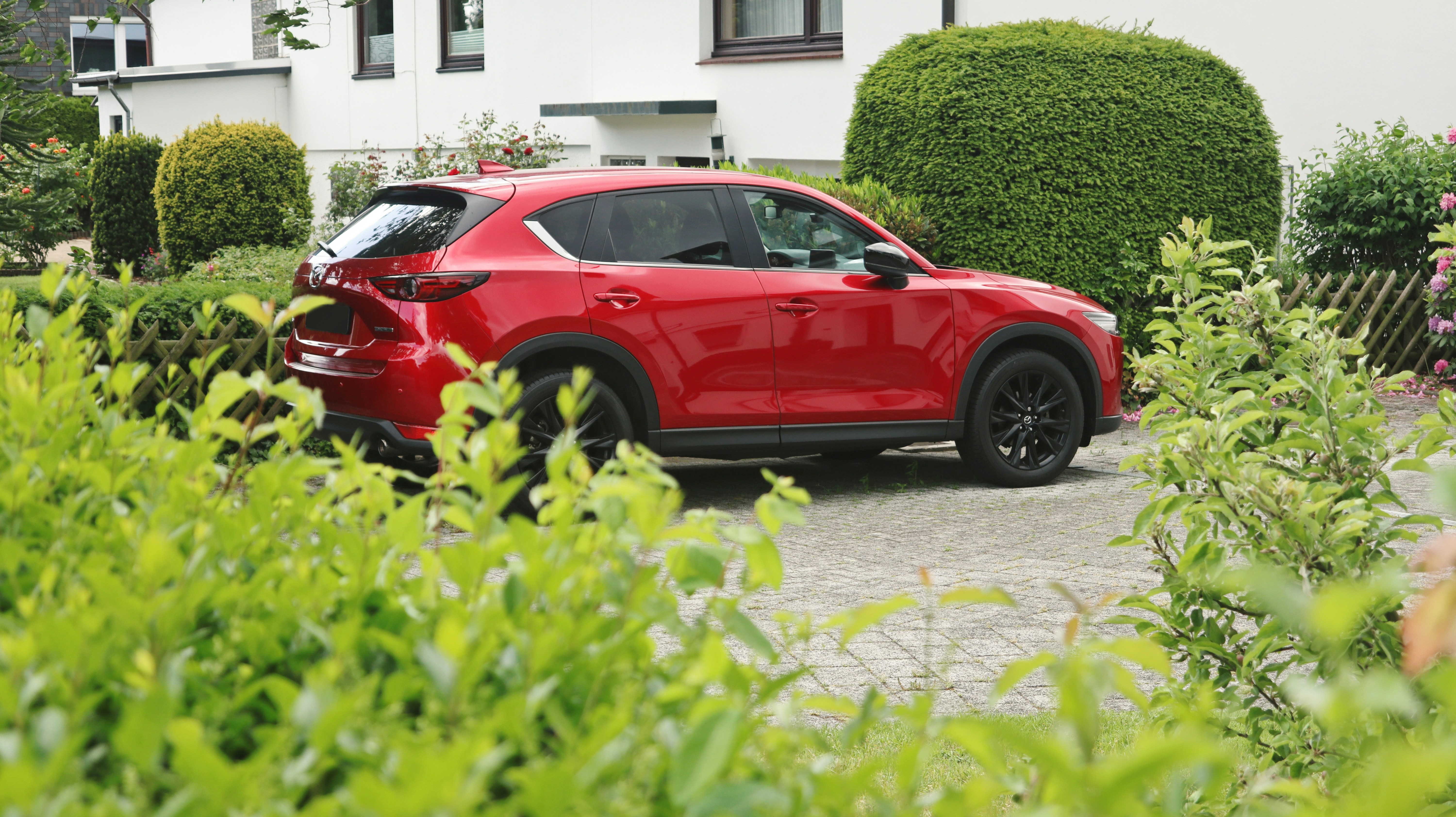Carport Guide: Shelter Options for Your Vehicle and Home
A carport is a simple, versatile shelter that protects vehicles from sun, rain, snow, and falling debris while remaining more open and often less expensive than a full garage. This article explains what a carport is, how it compares to a garage, common materials and designs, and practical considerations for adding one to your home.

What is a carport?
A carport is a roofed structure, sometimes supported by posts, designed primarily to cover one or more vehicles. Unlike a fully enclosed garage, a carport may be open on one or more sides, providing weather protection with easier access and ventilation. Carports range from basic overhead covers to more elaborate structures with partial walls, storage space, or integrated gutters, and they can be freestanding or attached to an existing building.
How does a carport protect a vehicle?
Carports shield vehicles from direct sunlight, precipitation, bird droppings, and light debris, reducing paint and interior damage over time. By keeping a vehicle out of direct exposure, a carport can help preserve exterior finishes and reduce heat buildup inside a car. Because carports are typically more ventilated than garages, they also limit moisture trapping, which can reduce corrosion risk. However, carports do not provide the same security or climate control as an enclosed garage.
Carport vs garage: differences
The primary differences between a carport and a garage are enclosure, security, and functionality. A garage offers fully enclosed shelter with lockable doors, more storage space, and better protection from theft and extreme weather. A carport is open, easier and often quicker to construct, and generally less costly. Carports are well-suited when you need covered parking or a multi-use shelter for yard projects, while garages are preferable if you require secure storage, a workshop, or complete protection from elements and temperature swings.
Types of shelter materials and designs
Carports are built from a variety of materials: metal (steel or aluminum) frames with corrugated metal or polycarbonate roofing are common for their durability and low maintenance. Wood-framed carports with asphalt shingles blend visually with many homes and can be customized in style, though they require more maintenance. Fabric-covered frames offer portable, temporary shelter options. Roof styles include flat, gabled, and single-slope designs; the choice affects runoff, storage space above, and how well the structure integrates with the rooflines of your home.
Planning a carport for your home
When planning a carport, consider location, size, local building codes, and foundation. Position the carport for convenient driveway access and to avoid blocking sightlines or utilities. Standard widths typically accommodate one to three vehicles; measure your vehicle dimensions (including mirrors and doors) to ensure comfortable clearance. Many jurisdictions require a permit, and wind or snow load requirements may dictate structural specifications. Discussing plans with local services or a licensed contractor in your area can help ensure compliance and safe installation.
Maintenance, safety, and practical tips
Regular maintenance extends a carport’s useful life: clear gutters and roof surfaces of leaves and debris, inspect fasteners and posts for corrosion or rot, and touch up protective coatings or paint as needed. Anchor points should be checked periodically, especially after severe weather. For enhanced safety and functionality, consider adding motion-sensor lighting, a paved or reinforced base to avoid ruts, and subtle side screens or lattice to increase protection from prevailing winds while retaining ventilation. If security is a concern, supplemental measures such as exterior cameras or a nearby lockable storage cabinet can help.
Conclusion
A carport provides a practical middle ground between leaving a vehicle exposed and investing in an enclosed garage. Its flexibility in design, range of materials, and relative ease of installation make it a viable option for many homeowners seeking shelter for vehicles while maintaining airflow and accessibility. Proper planning—considering size, local codes, materials, and maintenance—helps ensure the carport serves your needs and integrates well with your home.





